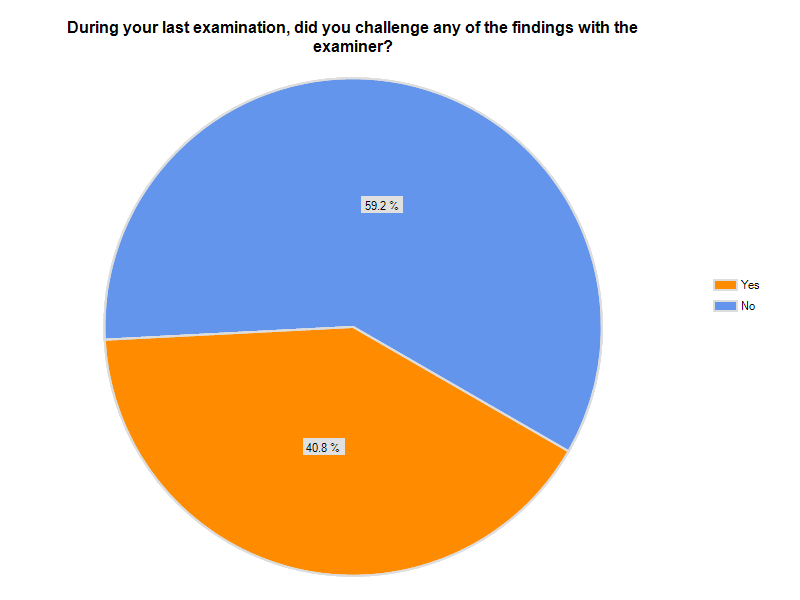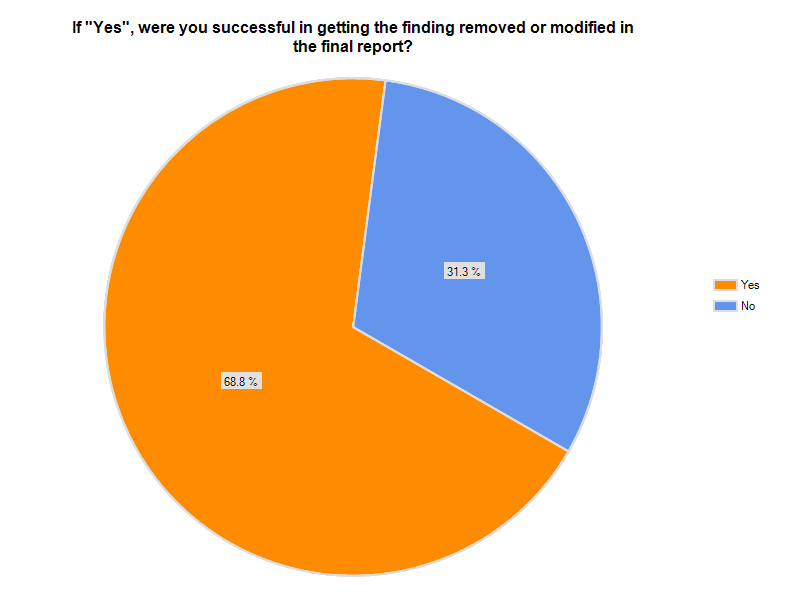On June 19, 2009 Cooperative Bank in Wilmington, NC was closed by the North Carolina Commissioner of Banks and the FDIC. Federal banking regulators are now suing Cooperative Bank’s chairman and eight members of the board of directors for more than $145 million for negligence and breaches of fiduciary duty. One of the FDIC’s assertions in the suit is the claim that the “…bank materially deviated from its approved business plan”, and that it did not adequately control the risks. But this is not the only instance, it’s merely the latest.
If you are a bank director or officer, and your bank fails, there is a 1 in 4 chance that the FDIC will sue you. In fact, as of September 13, 2011, the FDIC has authorized suits in connection with 32 failed institutions against 294 individuals with damage claims of at least $7.2 billion. And not just officers and directors are being targeted…attorneys, accountants, appraisers, brokers and other professionals working on behalf of the bank can be held liable as well. More importantly, the pace is increasing rapidly too. From 1986 through 2010 there were a total of 109 defendants named in lawsuits, but in just 8 months of 2011 185 have been named.
The FDIC regulations defining officer and director obligations are explained here, and the key concept is something called the “duties of loyalty and care.”
The duty of loyalty requires directors and officers to administer the affairs of the bank with candor, personal honesty and integrity. They are prohibited from advancing their own personal or business interests, or those of others, at the expense of the bank.
The duty of care requires directors and officers to act as prudent and diligent business persons in conducting the affairs of the bank.
But the guidance states that the FDIC will not bring civil suit if it finds that they’ve…
- “…made reasonable business judgments…
- …on a fully informed basis, and…
- …after proper deliberation.”
If you are an officer or director, preventing a lawsuit in the first place is far preferable to having to defend yourself after being named, and prevention is entirely predicated on being able to demonstrate that you’ve properly exercised your duties. Exercising your duties means making reasonable business decisions after proper deliberation. The key to proper deliberation is that you be fully informed, and that requires accurate, timely and relevant information. Not just data, but actionable information.
I’ve written before about how technology (specifically automation) can enable and/or enhance your compliance efforts, particularly in the effort to extract useful information from mountains of data. I’ve also discussed how management committees like the IT committee and the audit committee can provide both a forum for the exchange of information, and documentation that the exchange took place. And don’t underestimate the value of having outside expertise on those committees. Not only can it add a different perspective, it can also help document that you are making an effort to be “fully informed” and that you are “properly deliberating”.
Now here is a question to ponder…if the regulators are found to have been at least partially liable for the failure of an institution, can they be named as a party to the lawsuit? In my next post I’ll take a look at some recent Material Loss Reviews, and examine the regulator mandate of “Prompt Corrective Action”. In the meantime, what do you think…can the FDIC be both a plaintiff and a defendant?


